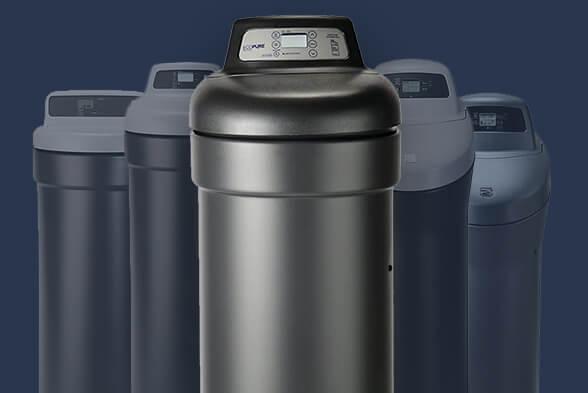
Drinking, bathing, dishwashing, laundry, cleaning, yard work: There are so many tasks that require the use of water, so much so that we underestimate the importance of water until you suddenly can’t use it.
Apart from the water itself, we often look past the importance of water quality. While most municipal water systems are safe to use and consume, you can never be a hundred percent sure that your water is free from contaminants or excessive amounts of minerals. That said, it is crucial that you employ strategies to ensure that what you’re drinking, washing, and cleaning with is good quality water.
Here are some of the best ways to improve the water quality in your home, regardless if it is contaminated or not:
1. Water Softening
Hard water is not necessarily hazardous to human health. In fact, it may even help fulfill your needs for minerals like calcium and magnesium. However, it can cause many detrimental effects to your home, such as stained sinks, splotchy dishware, frequent repairs, faded clothes, and higher water bills–all of which can lead to unnecessary and avoidable expenses.
The best way to avoid these problems is by installing a water softener in your home. A water softener, also referred to as an ion exchange unit, removes calcium, magnesium, and other minerals by exchanging them for sodium and potassium, leaving you with soft water to drink and use. However, keep in mind that water softeners don’t last forever. If you’ve already had yours for years, it may be time for a water softener replacement unit.
2. Water Filtration Systems
Here are some of the common types of water filtration systems:
Iron filtration systems filter help reduce or eliminate the presence of iron, sediment, rust, and unpleasant taste or odor. However, it is better to tackle the source of the problem first, which may be corroded pipes
Ultraviolet water disinfection systems inactivate microorganisms like E.coli, coliform, and protozoa without the addition of chemicals.
Reverse osmosis systems utilize membranes to filter water and remove lead, sodium, nitrate, mercury, and a lot of other harmful chemicals or contaminants. However, the system leaves oxygen and a few naturally occurring minerals in the water, making it taste pleasant.
Chlorine filtration systems remove or reduce chlorine, chloramines, THMs, pesticides, and other harmful chemicals that may be present in the water. Municipal water is treated with chlorine, and while chlorine is generally safe at controlled levels, chlorine and its by-products may have a negative effect on the water when it reaches your home.
Whole-house filters are used to filter the water for all the water that you use in the house, including the water that comes out of the shower and fills up the washing machine. This type of system is usually installed in the main water supply line and may use a pre-filter and the main system.
Point-of-entry filters help improve water that is generally fine but has a questionable odor, color, or taste. They are installed at points-of-entry, such as the faucet or the supply line to the refrigerator.
3. Distillation
Distillation is the process of evaporating water to purify it, which involves heating the water to create steam then condensing it into pure water. It is the most effective way to remove inorganic compounds like metals, nitrate, particulates, and other contaminants that may be present in your water supply line.
![Should I Repair or Replace My Water Softener? | Angi [Angie's List]](https://media.angi.com/s3fs-public/styles/widescreen_large/public/softener%202%20galyan.jpg?itok=0Nv3SJsv)
Water distillers are generally expensive, ranging from $600 to $5,000 depending on the model. However, it will eventually pay for itself in two to three months since you no longer have to purchase distilled water–and will also get to reduce your plastic waste on top of it.
4. Plumbing Inspection
Many water issues stem from problems that can be isolated to your house’s plumbing system. If you are unsure if the issue is caused by a problem with the water supply or your plumbing, hire a professional to conduct a thorough inspection. If your pipes are the problem, which is often the case of iron-contaminated water, you may be looking at a replacement if the pipes are too corroded.
Having clean, refreshing water helps keep your family healthy, your fixtures unstained, and your laundry undamaged. Moreover, being able to drink the water from the tap can save you thousands of dollars every year on bottled water.
With all these benefits in mind, it makes perfect sense to upgrade your water quality at home. Choose one or more of the options mentioned above to ensure that your water is colorless, odorless, good-tasting, and generally safe to drink.


